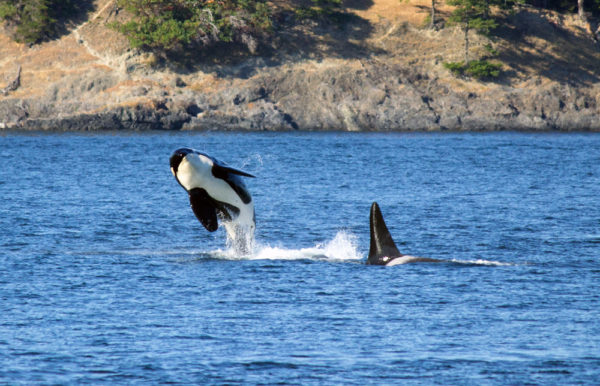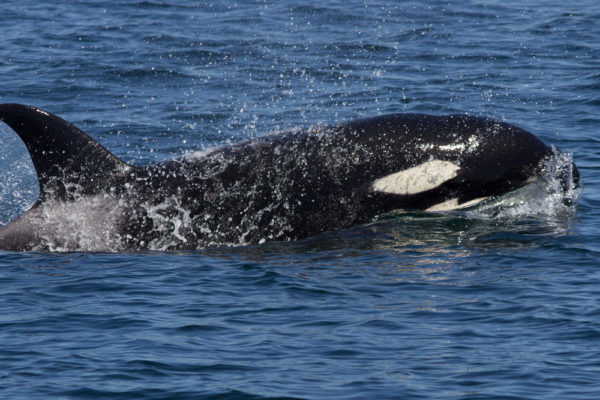Research and technology won’t feed starving southern resident orcas
More funding was announced by Fisheries and Oceans Minister Dominic LeBlanc on March 15 for initiatives to protect southern resident killer whales, the iconic orcas off the southern coast of British Columbia that are slowly starving to death. While funding for technology and research is important, a cash infusion alone won’t feed the 76 orcas facing extinction today.

The primary food source for these orcas is chinook salmon—a particularly fatty type of salmon that is also a severely depleted species. Too few are reaching critical whale feeding habitat in the Salish Sea, and orcas are forced to compete with fishing boats for those that do make it that far.
The southern resident orcas also face disturbances from whale watching and recreational boats, increasing levels of vessel traffic and excessive underwater noise from commercial shipping, which combine to further impede their ability to communicate and successfully hunt.
WWF-Canada and four other conservation organizations, represented by Ecojustice, called on the government to use the tools available to it in the Species at Risk Act and enact an emergency order to provide immediate protections through regulations. We asked that orca feeding areas be closed to salmon fishing, and that this year’s chinook harvest be reduced to maximize the amount of salmon available to the 76 orcas that are left.
We asked for immediate protections from disturbances from whale watching and recreational boats in feeding areas.
And to reduce exposure to noise pollution, we asked government to create slow-downs for large commercial ships when whales are in the Haro Strait and other areas adjacent to feeding areas, to immediately prohibit any increase in underwater noise in the Salish Sea, and to introduce measures to reduce already excessive noise.
Not a single southern resident orca calf was reported to have been born since early 2016. These orcas can’t find food, let alone reproduce. While new technologies and research will prove worthwhile in the long run, particularly investment in ongoing monitoring of their condition and the threats they face, the 76 remaining southern resident killer whales desperately need actions to reduce immediate threats now.
Immediate actions should include protection of feeding areas from fishing and disturbance by recreational/whale watching vessels, speed reductions for commercial vessels to reduce noise pollution in and near feeding areas, and chinook salmon catch reductions for the health of both species. All of these need to be in place by late spring, when the orcas return to feed. This is an emergency of the tallest order. These southern resident orcas are facing extinction.
South of the border, the day before Canada’s announcement, Washington State Governor Jay Inslee issued an executive order with time-bound measures to benefit southern resident killer whales, including actions concerning fisheries, whale-watching vessels and state ferries. Canadians should expect no less. Our federal government has an opportunity to enact a similar emergency order.
Minister LeBlanc acknowledges further study is only part of the solution, and has committed to further science-based actions that will be disruptive to some sectors. We look forward to announcements of immediate actions to protect both southern resident orcas and chinook salmon, without which these killer whales won’t survive.
This op-ed was originally published in The Hill Times on Wednesday, March 28, 2018.


